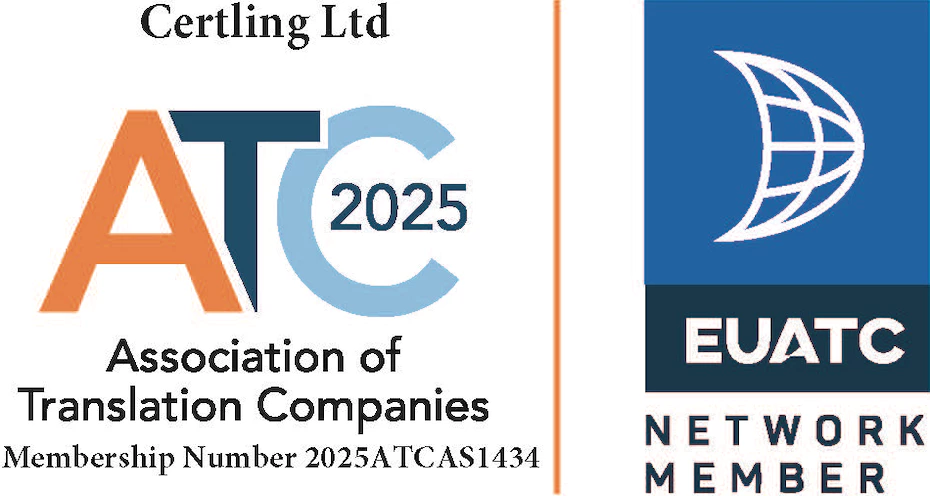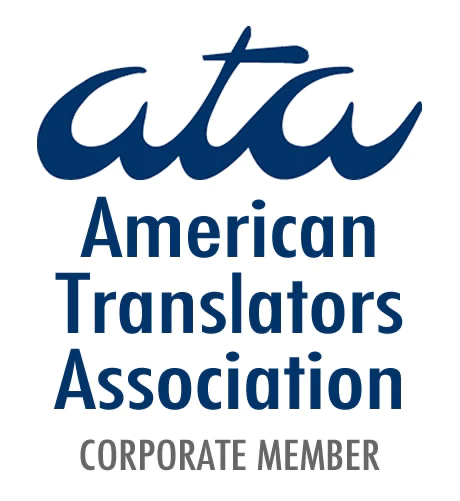- Who May File Form I-485?
- Who May Not Be Eligible to Adjust Status?
- Required Initial Evidence for Form I-485
- Form I-485 Processing Time
- Important Links
Important Update: New USCIS Requirement - Effective December 2, 2024, USCIS now requires certain applicants filing Form I-485 to submit Form I-693, Report of Immigration Medical Examination and Vaccination Record, alongside their Form I-485 application. Failure to include Form I-693 may result in your application being rejected. For more details, read our full coverage of the update here.
Who May File Form I-485?
Under the Immigration and Nationality Act (INA), many different groups can apply for an adjustment of status. Eligibility requirements vary according to the immigrant category and applicant type, including principal and derivative applicants.
Principal Applicant
The principal applicant is the primary individual who qualifies for permanent residency, often as the direct beneficiary of an immigrant petition (such as a family member or employee). Applicants should identify their specific immigrant category on Form I-485, Part 2.
Derivative Applicant
A principal applicant’s spouse or children can often apply as derivative applicants. Derivative applicants must also identify their immigrant category on Form I-485, Part 2. However, not all categories allow derivatives, so it’s essential to check the eligibility rules for each category.
Other Immigrant Categories
Certain special cases, such as Polish or Hungarian parolees, Panama Canal Zone employees, and private immigration bill beneficiaries, may apply under the "Other Eligibility" option on Form I-485. For information on these categories, contact USCIS or visit the USCIS adjustment of status page.
Who May Not Be Eligible to Adjust Status?
Several factors may make individuals ineligible to adjust status, including specific adjustment bars, grounds of inadmissibility, and certain nonimmigrant statuses.
Bars to Adjustment of Status
Adjustment bars prevent some applicants from filing Form I-485. Common bars affect those who overstayed their visa or violated the terms of their current status. However, immediate relatives of U.S. citizens, VAWA applicants, and some employment-based applicants may qualify for exemptions.
INA Section 245(i) Exception
Some applicants ineligible due to adjustment bars may still qualify under INA section 245(i), allowing them to adjust status despite these restrictions. Applicants using this exception must meet specific criteria and file an additional form, Supplement A to Form I-485.
Grounds of Inadmissibility
Certain acts, behaviors, and health conditions may render an applicant ineligible. These are known as grounds of inadmissibility, which include specific criminal activities, certain health conditions, and prior immigration violations. Some grounds may not apply to certain categories or may be waived under specific conditions.
Exchange Visitors
Former or current J-1 or J-2 exchange visitors subject to the two-year foreign residence requirement must fulfill that obligation or obtain a waiver before they can apply for adjustment of status.
Special A, G, and E Nonimmigrant Cases
Individuals with A (diplomatic), G (international organization), or E (treaty trader) nonimmigrant status, who enjoy diplomatic privileges or immunities, must submit a waiver of those rights as part of their I-485 application.
Required Initial Evidence for Form I-485
Submitting complete and accurate initial evidence with Form I-485 is essential for a smooth application process. Here’s a list of common evidence:
- Photographs – Two passport-style photos.
- Government-Issued ID – A copy of a government-issued ID, such as a passport or driver’s license.
- Birth Certificate – Long-form birth certificate listing at least one parent; secondary evidence may be necessary if unavailable.
- Proof of Lawful Entry – Documents showing lawful entry to the U.S., such as a passport admission stamp or Form I-94.
- Proof of Immigrant Category – Evidence that you qualify for your specific category, like Form I-797 Approval Notice for petition beneficiaries.
- Marriage Certificate – Required if applying as a spouse; divorce or death certificates for previous marriages if applicable.
- Evidence of Maintaining Lawful Status – Required for specific categories, including employment-based applicants.
- Affidavit of Support (Form I-864) – For most family-based applicants and some employment-based cases, to show financial backing.
- Medical Examination (Form I-693) – Now required to be submitted with Form I-485 to confirm the applicant meets health standards. See USCIS Update.
- Police and Court Records – Certified records for any criminal arrests, charges, or convictions.
- Waiver of Inadmissibility – Forms I-601 or I-212, if applicable, to request a waiver for inadmissibility issues.
- Certified Translations – Any document not in English must include a certified translation that conforms with USCIS guidelines. Certling can provide certified translations for Form I-485 to meet these requirements.
Form I-485 Processing Time
Processing times for Form I-485 vary widely based on the USCIS service center, your specific category, and overall case volume. Processing can take several months to over a year, so it’s essential to submit all documents accurately to avoid delays.
Important Links
Following these instructions and ensuring complete documentation are crucial for a successful adjustment of status.



